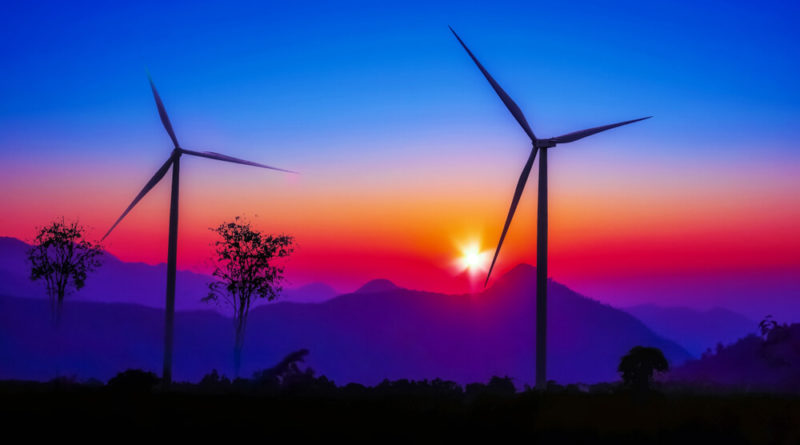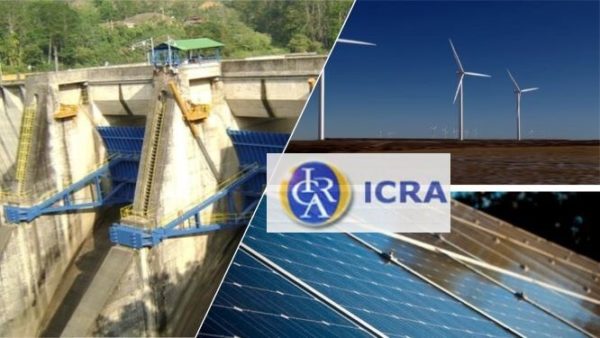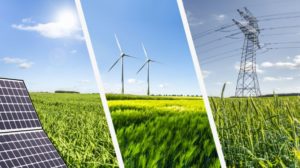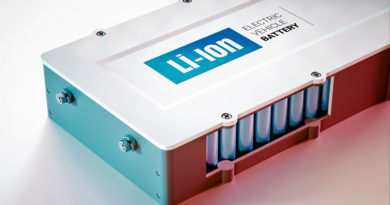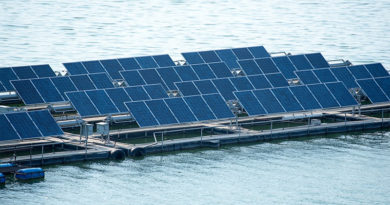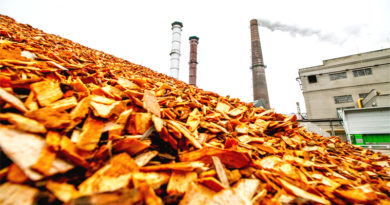India’s Wind Capacity To Fall Short & Reach 54.7 GW: Fitch Solutions
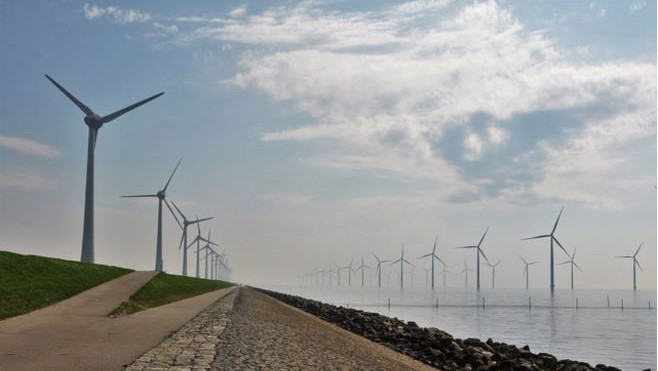 Dark clouds over Wind Energy
Dark clouds over Wind Energy
Joining the chorus of other rating agencies like the Wood Mac and Crisil, Fitch Solutions Macro Research, a unit of Fitch Group has maintained a gloomy outlook for the country’s wind capacity installations.
“We remain cautious on India meeting its ambitious 2022 targets for wind power capacity growth, as land acquisition issues and grid bottlenecks will lead to delays to project implementation in the sector… We forecast India to install 54.7 GW of wind capacity by 2022, compared to the 60 GW government target,” Fitch Solutions Macro Research said in its outlook for the country’s renewable energy sector.
India has set an ambitious target of installing 175 GW of renewable energy capacity by the year 2022, which includes 100 GW from solar, 60 GW from wind, 10 GW from bio-power and 5 GW from small hydro-power.
- 175 GW – total renewable energy capacity target by 2022
- 60 GW – wind capacity target set by the govt
- 7 GW – India to install wind capacity by 2022
- 5 GW – average wind capacity between 2019 and 2022
- 20 GW – govt seeks to tender wind capacity by March 2020
It further added that land acquisition issues and grid bottlenecks have been leading to delays in project implementation in the sector. The agency also said it believes that concerns about the economic viability of low tariff projects from India’s wind capacity auctions raise the risk that investor appetite will weaken and auctions will be postponed.
“The combination of several challenges in the country’s wind power sector will hit near-term growth momentum, including land availability hurdles, grid access bottlenecks and concerns over the viability of low tender bids. This informs our view that India only will add on average 4.5 GW of wind capacity annually between 2019 and 2022, with the aforementioned risks highlighting further downside risk,” the report said.
According to the Ministry of New and Renewable Energy (MNRE) in December 2018, the country seeks to tender a total 20 GW of wind capacity by March 2020, with two year implementation deadlines, in order to facilitate enough growth to meet the expansion targets.
However, delays to the implementation of tendered projects and more muted interest in new auctions will present a substantial hurdle.
Read: India is Planning to bid out 500 GW of Renewable Energy in the next 10 years
Of a total of 2,943 MW tendered by the Solar Energy Corporation of India (SECI) in Gujarat and Tamil Nadu over 2017 – where 42 percent of total installed wind capacity is located in India as of end-March 2019 – only 825 MW was commissioned as of March 2019,” it noted.
Further, the grid connection issues have been also plaguing developers of wind power projects.
“In addition, should the facility not be able to sell electricity, the project’s loan interest could start to pile up and alter project economics. As such, grid connection bottlenecks represents a key risk to project developers.
“In particular, the expectation for developers to launch low bids, despite substantial project implementation challenges, is set to remain a hurdle to India deploying enough renewables projects to meet ambitious expansion plans,” the report noted.

